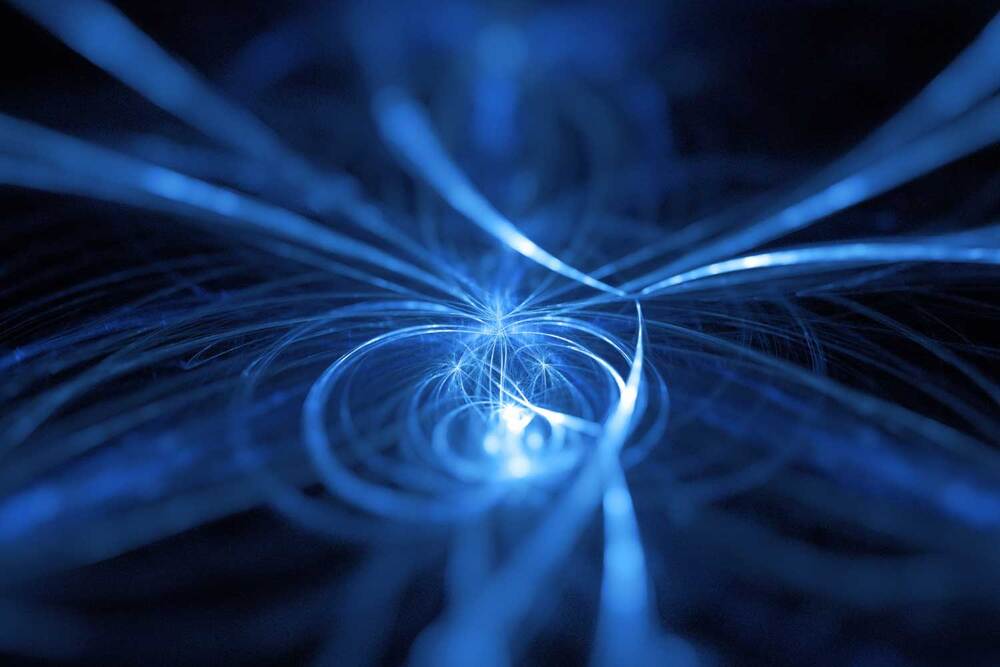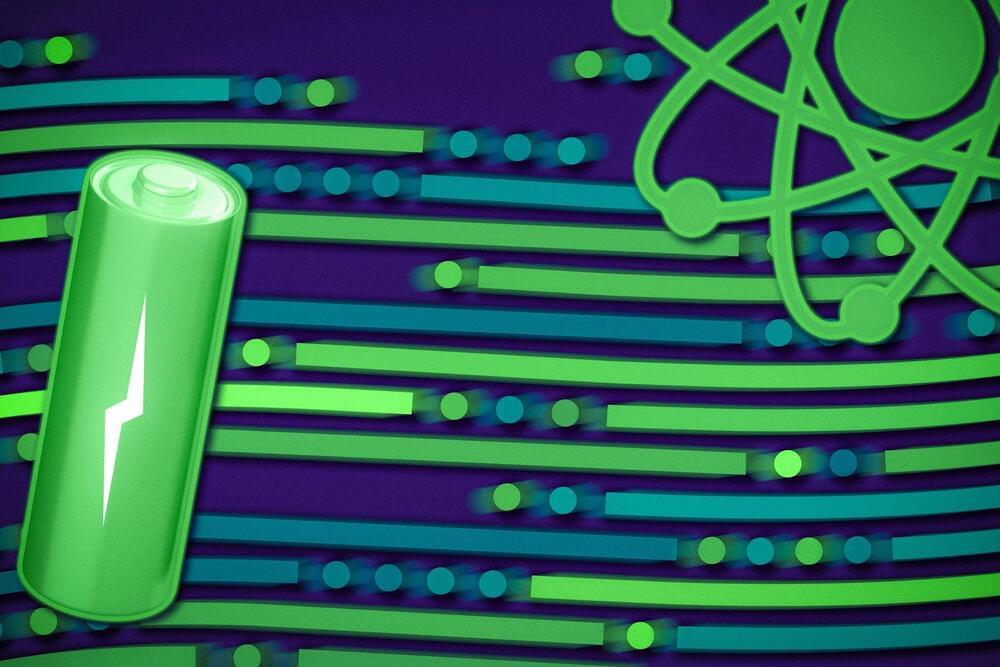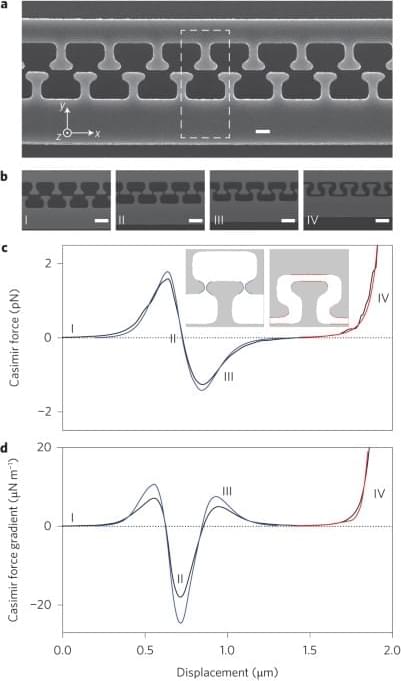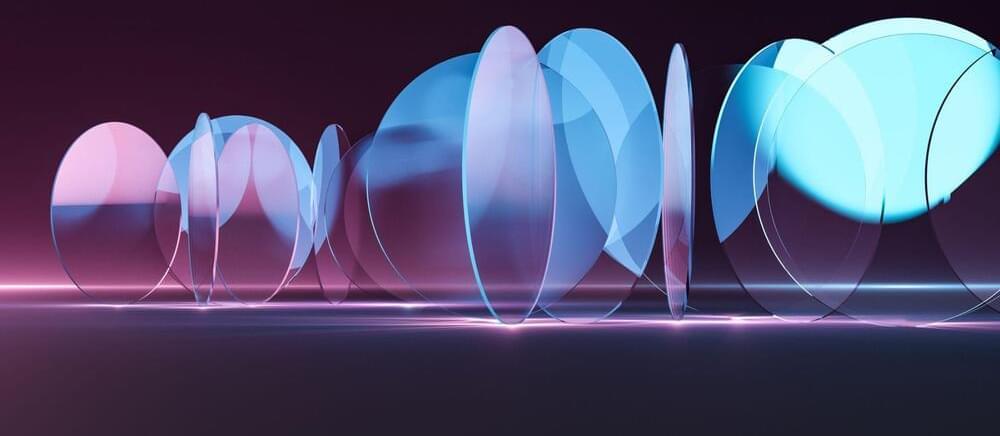Until recently, researchers were unsure of the minimum thickness of a transparent substance required to take in a given quantity of light.
Konstantin N. Rozanov of the Institute for Theoretical and Applied Electrodynamics in Russia discovered more than two decades ago the amount of light that a gadget might absorb at various wavelengths if one side of it was coated in metal. This metal establishes a barrier where light is absorbed or bounced back, simplifying the mathematical solution.









